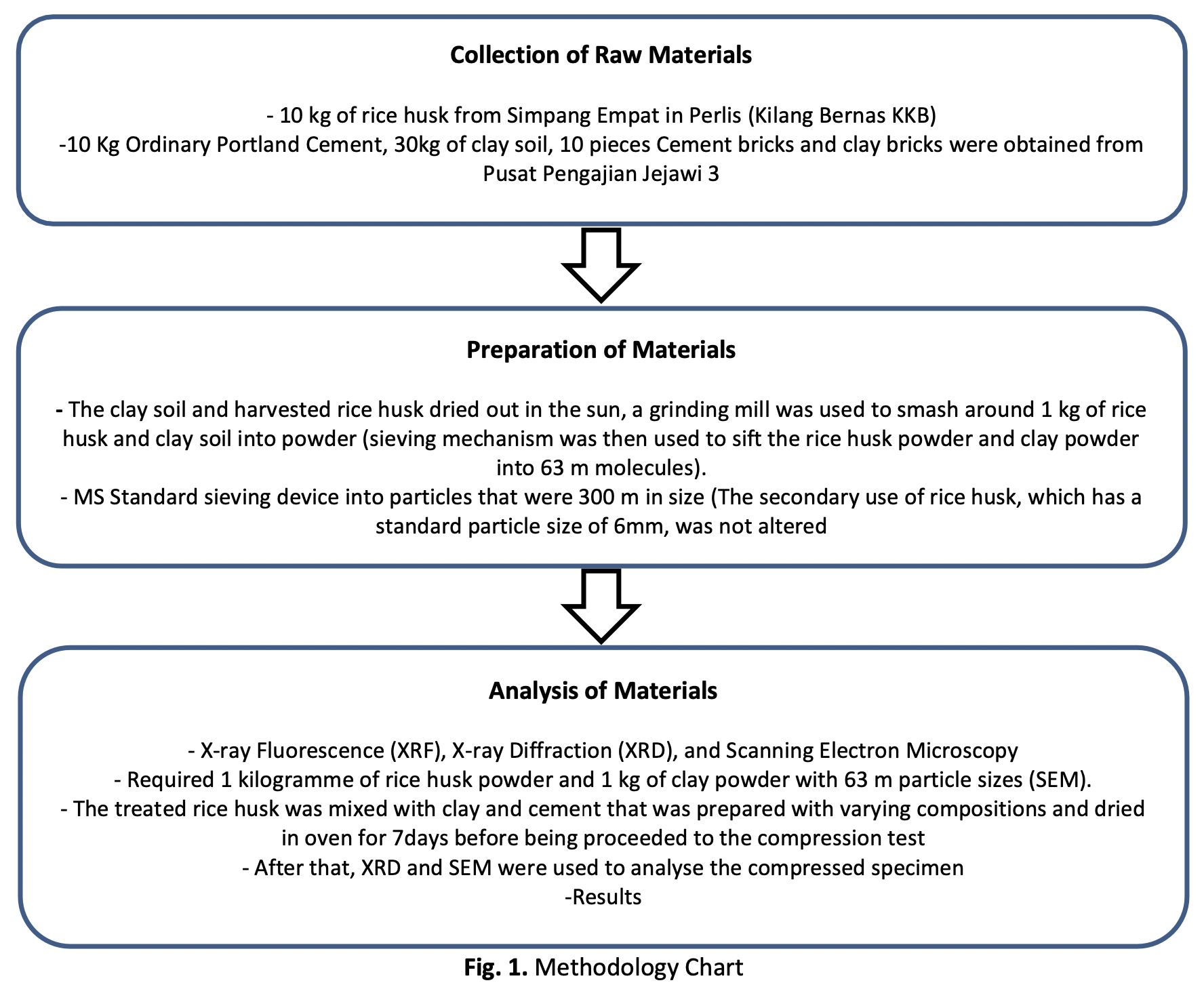The Characteristic and Properties Lightweight Organic Bricks from Rice Husk
DOI:
https://doi.org/10.37934/araset.31.3.6878Keywords:
Brick, organic, green, lightweight, rice huskAbstract
In our cutting-edge environment, a lightweight organic brick is an optional revelation item that should be taken into consideration. The organic brick is superior to the traditional brick in terms of additional qualities. During assembly, it can reduce the exemplified energy of regular brick. Utilizing this organic brick could result in greater energy savings from a warm comfort perspective and help to protect the environment because it produces less pollution. The unused rice husks that are piling up in Perlis give rise to this item as a potential solution to the problem. In light of this idea, leftover rice husks can be used to create organic brick. In addition, Malaysia's rapid development would subsequently build the block requests. This fuels the primary objective of researching renewable and environmentally friendly alternatives to conventional brick. Since it is eco-friendly and easily obtainable in Malaysia, rice husk stands out among other optional lightweight options. By baking clay, rice husk, and cement together, lightweight organic brick is produced. The organic sample, which contains up to 80% rice husk, is added and put through an oven drying process so that it can dry entirely before the testing can begin. Because there was more rice husk in the specimen, there were more pores, which enhanced the compressive strength. As a result, the quality of the rice husk increases as more of it is added. Although the organic brick specimen doesn't meet the standard for compressive strength, it does so for low bulk density, which is much lower than the requirement for lightweight materials. It is therefore perfectly reasonable to use it as a light construction material.
Downloads


























